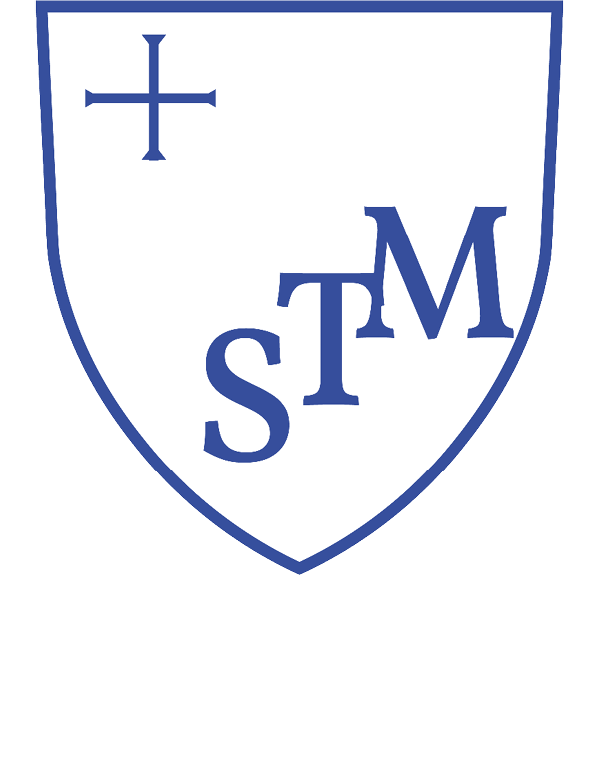Spelling
At our school, spelling is taught through a structured and progressive approach. From Nursery to Year 2, children learn to spell through the Little Wandle Letters and Sounds Revised phonics programme, which builds strong foundations in segmenting and encoding words. From Year 2 to Year 6, we use the CUSP Spelling scheme, which is rooted in research and carefully sequenced to revisit and deepen understanding of spelling patterns, rules, and exceptions. This approach ensures children develop confidence and accuracy in spelling, supporting their writing across the curriculum and helping them become effective, independent communicators.
At St Martin's, Spelling is more than a subject—it’s a gateway to accuracy, confidence, and effective communication.
Big Ideas
Our spelling curriculum is underpinned by the belief that confident spelling supports fluent writing and effective communication.
In EYFS and KS1, Little Wandle phonics builds secure foundations through segmenting and encoding.
In KS2, CUSP Spelling deepens understanding of spelling patterns, morphology, and etymology.
Both schemes promote retrieval practice, cumulative learning, and mastery over time. The overarching themes include clarity, consistency, and progression, ensuring all children can access and apply spelling knowledge. Spelling is not taught in isolation—it is embedded within reading and writing, helping pupils become thoughtful, independent communicators with a strong grasp of language structure and vocabulary.
Content
In EYFS and KS1, children learn to spell through the Little Wandle Letters and Sounds Revised programme. They are taught phoneme-grapheme correspondences (GPCs), segmenting, blending, and tricky words in a structured sequence.
In KS2, CUSP Spelling introduces spelling rules, patterns, prefixes, suffixes, and word families. It also explores morphology and etymology to help children understand how words are constructed.
Both schemes include opportunities to practise and apply spelling in context. The content is carefully chosen to build on prior knowledge, reinforce key concepts, and support children in becoming accurate, confident spellers across all areas of the curriculum.
Sequencing
Spelling is taught through a carefully sequenced curriculum that builds progressively from Nursery to Year 6.
Little Wandle phonics introduces sounds and spelling patterns in a structured order, with regular review to embed learning. Children move through phases that gradually increase in complexity. In Year 2, they begin to transition to CUSP Spelling, which revisits key concepts while introducing new rules and patterns in manageable steps.
The sequence is designed to support long-term retention and mastery, with each unit building on previous learning. This ensures children develop a secure understanding of spelling and can apply it confidently in their writing.
Oracy and Vocabluary
Both Little Wandle and CUSP Spelling promote oracy and vocabulary development as part of spelling instruction.
In EYFS and KS1, children practise oral blending and segmenting, helping them articulate sounds clearly and build phonological awareness. Teachers model pronunciation and encourage discussion around word meanings.
In KS2, CUSP Spelling introduces rich vocabulary through morphology and etymology, helping children understand word origins and relationships. Pupils engage in structured talk, exploring how words are formed and used. This focus on spoken language supports comprehension, deepens vocabulary knowledge, and strengthens children's ability to use language accurately and expressively across the curriculum.
Assessment of Pupils
Assessment is embedded throughout both spelling schemes to monitor progress and inform teaching.
In EYFS and KS1, Little Wandle includes regular phonics assessments to track children’s ability to segment, blend, and spell words. These are used formatively to identify gaps and plan targeted support.
In KS2, CUSP Spelling includes retrieval practice, low-stakes quizzes, and opportunities for children to apply spelling in context. Teachers use both formative and summative assessments, including a termly dictation assessment, to evaluate understanding and inform next steps. This ensures children receive timely feedback and intervention, helping them make sustained progress and develop confidence in their spelling ability.
Reasonable Adjustment for Pupils with SEND
Both Little Wandle and CUSP Spelling are designed to be inclusive and adaptable for pupils with SEND.
In EYFS and KS1, Little Wandle provides consistent routines, visual prompts, and repetition to support learners with additional needs. Targeted “keep-up” sessions offer personalised support.
In KS2, CUSP Spelling allows for flexible delivery, with opportunities to revisit key concepts and scaffold learning. Teachers make reasonable adjustments such as adapted resources, additional modelling, and differentiated tasks.
Regular assessment helps identify barriers and inform support strategies. This ensures all children can access spelling instruction and make meaningful progress at their own pace.
